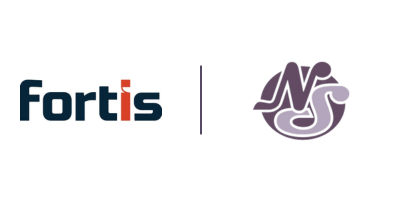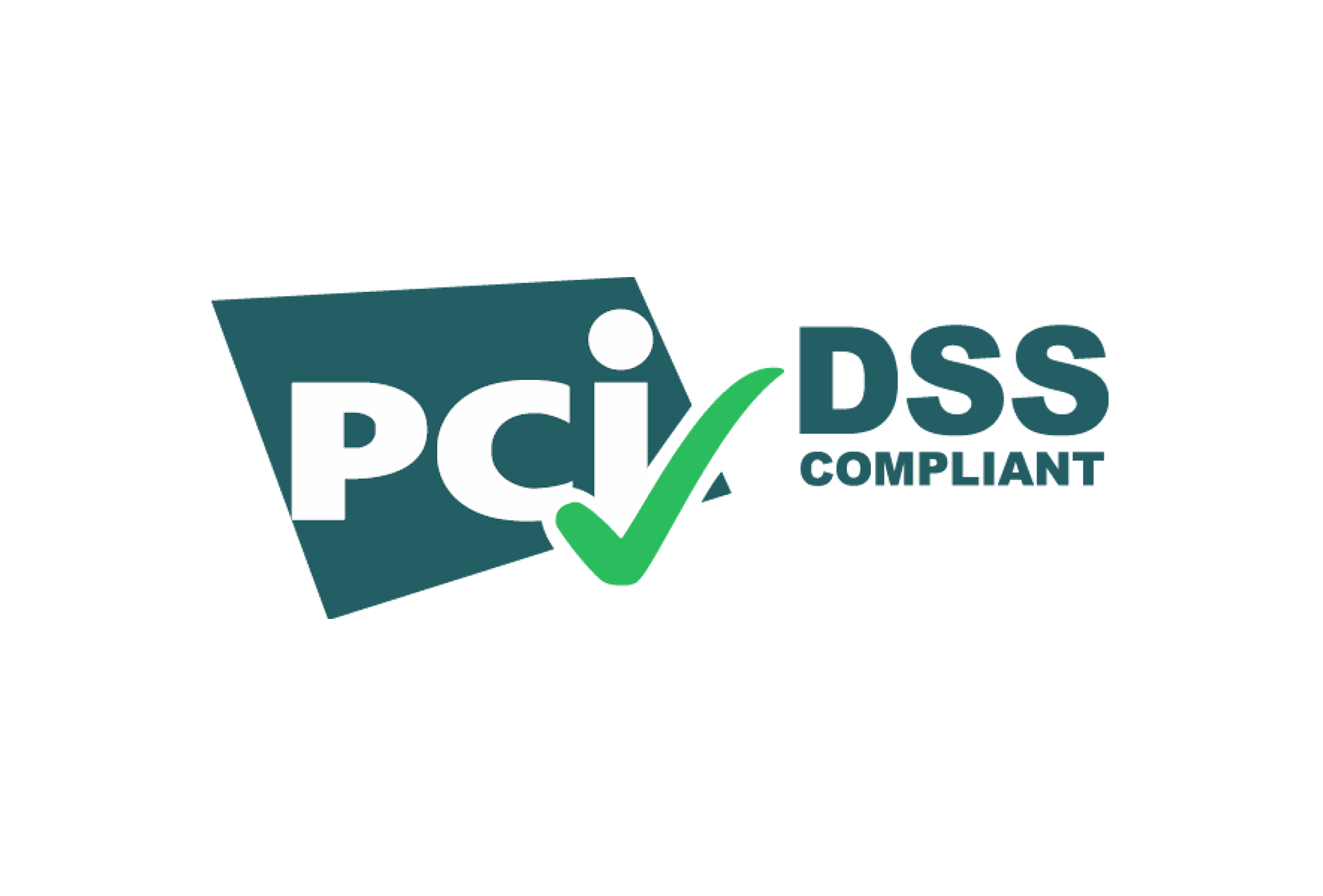Understanding the Basics of Insurance Billing for Integrative Health Practices
A Comprehensive Guide to Navigating Insurance Billing and Maximizing Reimbursement for Integrative Health Practices

Navigating the complexities of insurance billing is a crucial aspect of managing an integrative health practice. As more patients seek out alternative and holistic treatments, many practitioners are finding themselves interacting with insurance companies for the first time. Understanding the fundamentals of insurance billing not only ensures timely reimbursement but also enhances the overall efficiency of your practice. This article aims to provide a foundational overview of insurance billing, offering insights and tips to help you streamline this critical process.
What is Insurance Billing?
Insurance billing is the process by which healthcare providers submit claims to insurance companies for the services they provide to patients. This process involves translating the care provided into standardized codes that insurers use to determine coverage and payment. Effective insurance billing is vital for maintaining the financial health of a practice, as it directly impacts cash flow and the ability to provide ongoing patient care.
Key Terminology
Understanding the language of insurance billing is essential for navigating the process successfully. Here are some key terms every practitioner should be familiar with:
- Explanation of Benefits (EOB): A document sent by an insurance company that explains what services were covered, the amount paid, and what the patient may owe.
- Deductible: The amount a patient must pay out of pocket before their insurance begins to cover services.
- Copay: A fixed amount a patient pays at the time of service.
- Coinsurance: The percentage of costs a patient shares with the insurance company after the deductible is met.
- Premium: The amount a patient or their employer pays for insurance coverage, usually on a monthly basis.
- Allowed Amount: The maximum amount an insurer will pay for a covered service.
In addition, coding is a critical component of insurance billing:
- ICD-10 Codes: International Classification of Diseases, Tenth Revision codes, which classify diagnoses.
- CPT Codes: Current Procedural Terminology codes, which describe the services and procedures performed.
- HCPCS Codes: Healthcare Common Procedure Coding System codes, used for billing Medicare and other insurance programs.
The Insurance Billing Process
The insurance billing process can be broken down into several key steps:
- Verification of Benefits: Before providing services, it is essential to verify a patient’s insurance coverage. This includes understanding what services are covered, the patient’s deductible, copay, and coinsurance responsibilities, and any policy exclusions.
- Pre-authorization: For certain services, pre-authorization from the insurance company is required. This step involves submitting documentation to prove medical necessity and obtaining approval before proceeding with treatment.
- Claims Submission: Once services are provided, the next step is to submit a claim to the insurance company. This requires accurate coding of the services rendered and the diagnosis. Claims can be submitted electronically or on paper, though electronic submission is faster and more efficient.
- Adjudication: After the claim is submitted, the insurance company reviews it in a process known as adjudication. The insurer determines whether the claim is covered under the patient’s plan and how much will be paid.
- Payment Posting: When payment is received, it must be posted to the patient’s account. This step involves reconciling the payment with the services provided and determining if any balance is due from the patient.
- Denials and Appeals: If a claim is denied, understanding the reason for the denial is critical. Common reasons include coding errors, lack of medical necessity, or missing information. If necessary, an appeal can be filed to contest the denial and seek reimbursement.
Common Challenges in Insurance Billing
Insurance billing can be fraught with challenges that can disrupt cash flow and increase administrative burdens. Some common issues include:
- Denials: Claim denials can occur for various reasons, including incorrect coding, lack of coverage, or missing documentation. Reducing the rate of denials is key to maintaining steady revenue.
- Coding Errors: Accurate coding is vital for claim approval. Even small mistakes can lead to denials or underpayments. Regular training and the use of coding resources can help minimize errors.
- Timely Filing: Insurance companies have strict deadlines for claim submission. Missing these deadlines can result in denied claims, so it’s important to keep track of filing timelines.
Tips for Effective Insurance Billing
To enhance the efficiency of your insurance billing process, consider the following tips:
- Organization: Maintain organized and up-to-date records of patient information, insurance details, and billing documentation. This will help ensure that claims are submitted accurately and on time.
- Software Solutions: Utilizing practice management software can greatly streamline the billing process. These tools can automate tasks, reduce errors, and provide real-time tracking of claims and payments.
- Continuous Education: Insurance regulations and coding practices are constantly evolving. Stay informed by participating in continuing education and staying current with industry changes. This will help you avoid costly mistakes and keep your billing process running smoothly.
Conclusion
Mastering the basics of insurance billing is essential for the success of any integrative health practice. By understanding the process, familiarizing yourself with key terminology, and implementing effective strategies, you can ensure that your practice is reimbursed promptly and accurately. As the landscape of healthcare continues to evolve, staying informed and organized will be your greatest assets in navigating the complexities of insurance billing.















